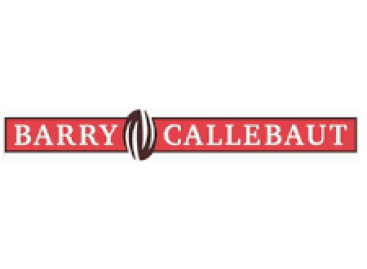There are problems on the chocolate front
While we pay more and more for premium chocolates, most cocoa farmers live on less than a dollar a day. The value of the chocolate market is constantly growing, but the underlying supply chain is increasingly unstable. A recent episode of NAPICSÁRT investigated this global contradiction.
 The world chocolate market is expanding dynamically: according to forecasts, the value of the sector will reach 78.5 billion dollars by the end of 2025, and will exceed 109 billion by 2033. This represents an annual growth rate of more than 4%, driven by stable demand and increasingly expensive products. But the price of growth is heavy: the cocoa market, which is the basis of the production chain, is increasingly vulnerable.
The world chocolate market is expanding dynamically: according to forecasts, the value of the sector will reach 78.5 billion dollars by the end of 2025, and will exceed 109 billion by 2033. This represents an annual growth rate of more than 4%, driven by stable demand and increasingly expensive products. But the price of growth is heavy: the cocoa market, which is the basis of the production chain, is increasingly vulnerable.
The lion’s share of the world’s cocoa bean production comes from a few West African countries – Ivory Coast, Ghana and Nigeria. However, small-scale farmers in the region often live in extreme poverty, earning less than a dollar a day. While the chocolate industry generates huge profits, raw material producers often do not even receive the minimum necessary to survive.
The cocoa supply is under threat from several sides. Climate change – especially droughts and extreme weather events – is reducing crop yields, while plant diseases and local social tensions are further exacerbating the situation. All this poses serious supply risks for the global confectionery industry in the long term.
Meanwhile, consumer tastes are also changing. Milk chocolate remains the market leader, but demand for premium dark chocolate is rising sharply – especially among younger generations who are health-conscious and sustainability-conscious. Vegan chocolates, white chocolate variants and products with special fillings are also becoming increasingly popular. This segmentation opens up new opportunities for manufacturers, but also new supply and production challenges.
The question is: how can the chocolate industry’s current operating model be maintained when the fate of raw material producers is vulnerable, the climate is unstable, and consumer expectations are increasingly complex? Sustainably sourced cocoa, fair trade systems, and supply chain transparency could play a key role in the coming years – provided that they are emphasized not only in brands’ communication strategies, but also in practice.
Related news
Even though the price of cocoa has halved, chocolate will not become cheaper
🎧 Hallgasd a cikket: Lejátszás Szünet Folytatás Leállítás Nyelv: Auto…
Read more >The heritage of flavors, tradition and innovation – Stühmer’s story that sweetened Hungary
🎧 Hallgasd a cikket: Lejátszás Szünet Folytatás Leállítás Nyelv: Auto…
Read more >Barry Callebaut develops new chocolate recipes using AI
🎧 Hallgasd a cikket: Lejátszás Szünet Folytatás Leállítás Nyelv: Auto…
Read more >Related news
The 6 most important payment trends in 2026:
🎧 Hallgasd a cikket: Lejátszás Szünet Folytatás Leállítás Nyelv: Auto…
Read more >Tourism continues to expand dynamically
🎧 Hallgasd a cikket: Lejátszás Szünet Folytatás Leállítás Nyelv: Auto…
Read more >FEOSZ creates a certificate for consumer-friendly web stores
🎧 Hallgasd a cikket: Lejátszás Szünet Folytatás Leállítás Nyelv: Auto…
Read more >







